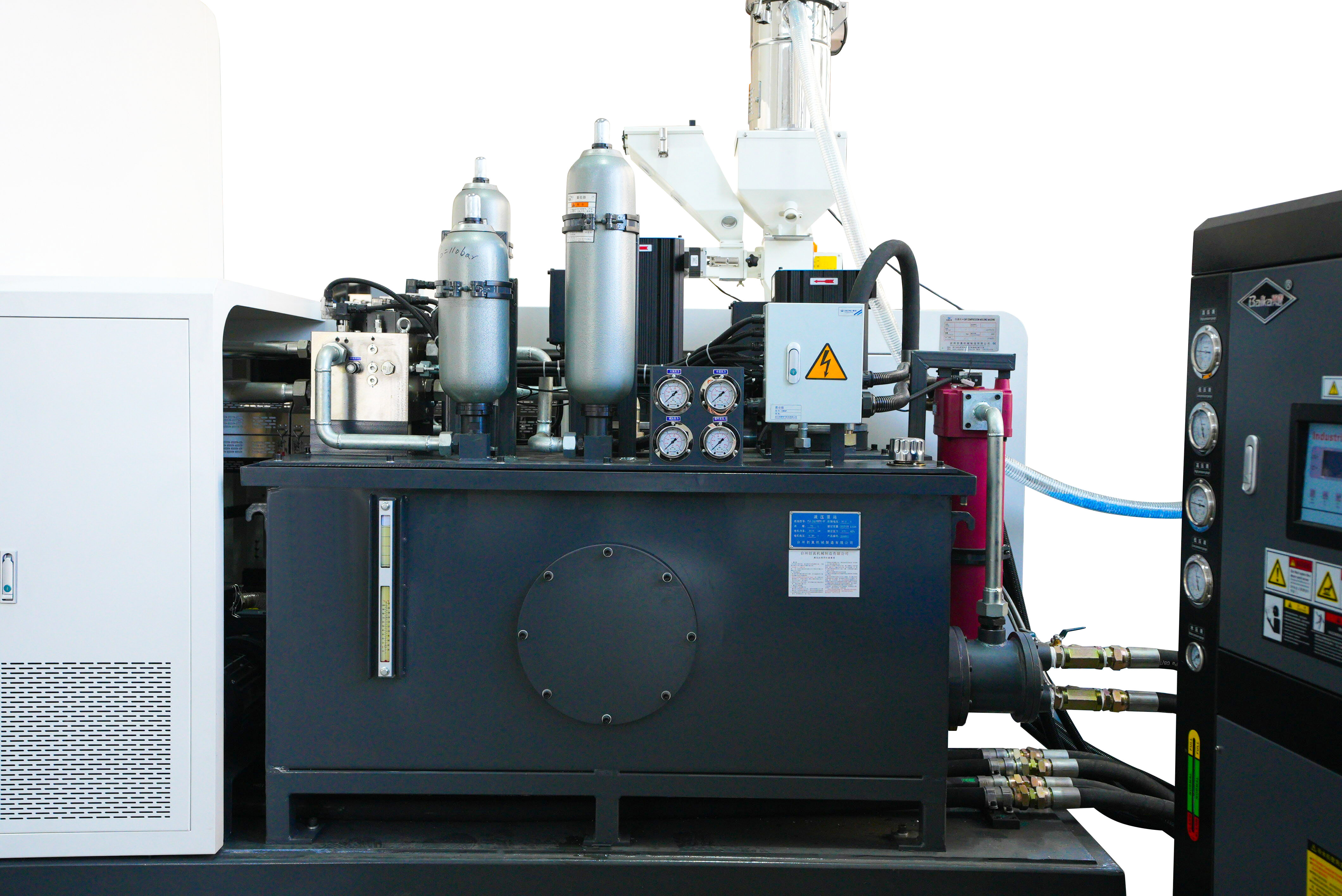chuangzhen@capping-machine.net

EN
In the packaging industry, caps may seem minor, yet they play an important role in preserving product integrity. From beverages and personal care products to pharmaceuticals and household chemicals, the bottle cap helps maintain freshness, hygiene, and shelf stability. Behind the production of these caps lies a reliable technology: the cap compression molding machine. As the industry shifts toward higher efficiency and precision, this type of machine has become a widely adopted solution for producing consistent-quality caps.
A cap compression molding machine is specialized equipment used to manufacture plastic bottle caps by compressing molten polymer directly into mold cavities.
Compression molding is a process that shapes preheated materials into specific forms using pressure. Unlike injection molding—where multi-cavity molds produce several parts per cycle—compression molding systems feature a rotating platform with multiple single-cavity molds, each creating one closure. The process involves placing preheated material (called a charge) into an open mold cavity. The mold then closes and pressure is applied to form the cap shape. The part is cooled until the mold opens and the product is released.
This direct molding approach simplifies the process, reduces waste, and is suitable for high-output production. It is especially appropriate for manufacturers seeking material efficiency and shorter cycle times while maintaining product consistency.
The versatility of cap compression molding machines makes them valuable in multiple sectors:
As global demand for packaged goods continues to expand, packaging manufacturers face increasing pressure to adopt both efficient and environmentally conscious methods. Compression molding is becoming more recognized as a technique that supports sustainability by reshaping how plastic caps are produced.
A key benefit of compression molding lies in its ability to reduce material usage. The process avoids sprues, runners, and other excess components often present in alternative molding methods, helping lower material waste during production.
The method also supports the use of recycled or recyclable plastics, which is becoming increasingly relevant as brands shift toward more sustainable material sourcing. Compression molding provides a practical platform for processing these alternative materials without compromising product integrity.
By cutting down on waste and enabling the use of eco-friendly materials, compression molding contributes to a more circular production model—one step toward broader environmental goals.
Energy efficiency is another area where compression molding provides an advantage. The systems generally maintain steady mold temperatures and require shorter heating periods, which may contribute to reduced energy consumption.
Because the machinery design includes fewer moving parts, it can also result in less frequent maintenance and lower associated operating costs. This combination of reduced environmental impact and operational savings makes compression molding a smart option for companies balancing sustainability and profitability.

Taizhou Chuangzhen Machinery Manufacturing Co., Ltd. offers advanced cap compression molding solutions designed to help manufacturers reduce environmental impact while maintaining production efficiency. By investing in machinery that minimizes energy usage and material waste, Chuangzhen empowers companies to meet the rising demand for more sustainable packaging practices and contribute to a cleaner future.
Copyright © Taizhou Chuangzhen Machinery Manufacturing Co., Ltd. All Rights Reserved.
